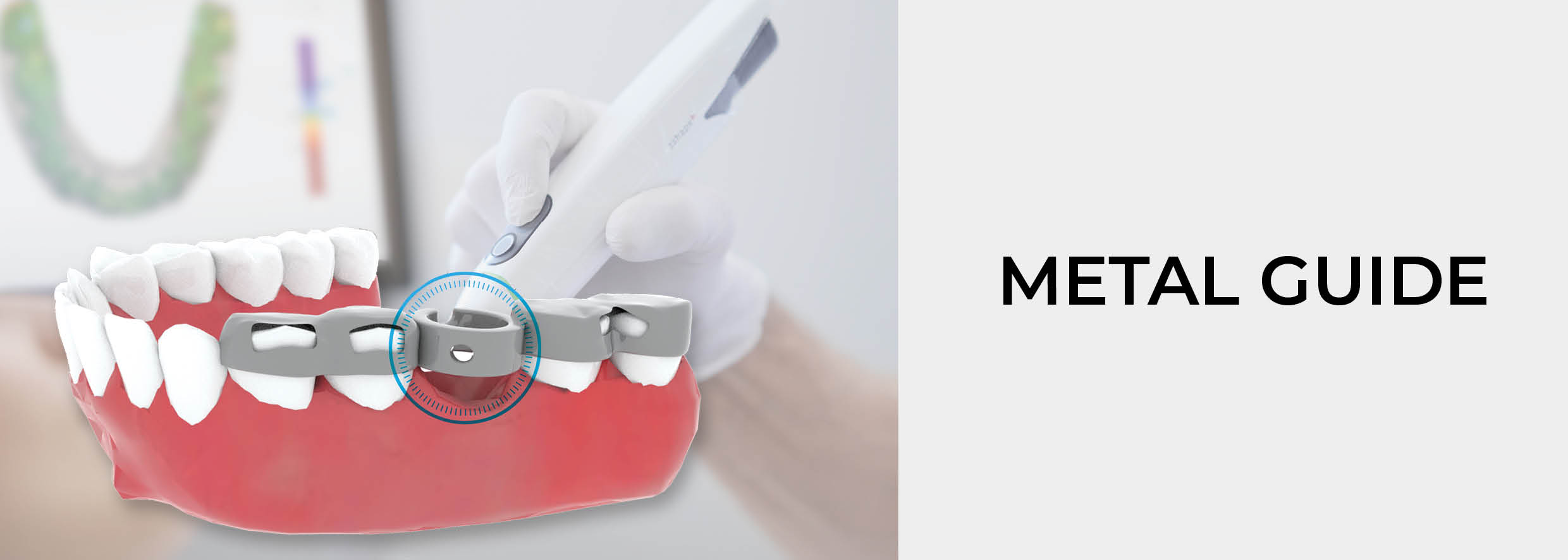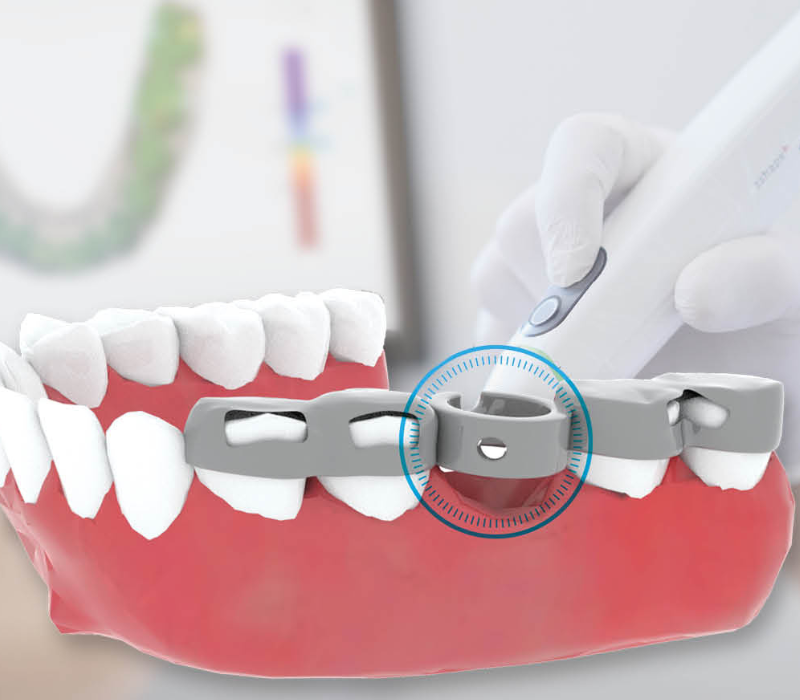

A more ease approach restoring smiles with implants
Implantology has become an established solution for missing teeth. Nowadays the emphasis is on better and more predictable results. An optimal prosthetic result can only be achieved by laying a good foundation for the position of the implant. A surgical guide is the first step in achieving this and is a more minimally invasive approach to restoring smiles. Guided surgery utilizes advanced imaging technology and computer-aided design (CAD) software to plan and execute implant placement with unparalleled precision. By creating a surgical guide based on digital impressions and 3D radiographic images, dentists can navigate the complexities of oral anatomy with confidence, ensuring optimal implant positioning and angulation. While traditional surgical guides have typically been constructed from acrylic or resin materials, the introduction of the Implant Metal Guide represents a significant advancement in guided surgery technology. Engineered from high-quality metal alloys, such as titanium or stainless steel, these guides offer several key advantages over their predecessors.
Benefits of the Implant Metal Guide
- Enhanced Durability: Metal guides are inherently more robust and durable than acrylic or resin alternatives, providing greater stability and longevity during the surgical procedure.
- Improved Accuracy: The rigid nature of metal guides minimizes deformation and distortion, ensuring precise transfer of implant positions from the digital planning software to the surgical site.
- Biocompatibility: Titanium and stainless steel are biocompatible materials commonly used in dental implants, reducing the risk of adverse reactions or tissue irritation during surgery.
- Customization: Metal guides can be fabricated with intricate features and patient-specific details, optimizing fit and functionality for each individual case.


The introduction of the Implant Metal Guide represents a significant step forward in the evolution of guided surgery, empowering dentists with the tools they need to achieve exceptional clinical outcomes. By combining the precision of digital planning with the durability and reliability of metal construction, these guides offer a superior solution for implant placement in even the most challenging cases. Furthermore, the versatility of metal guides enables their use across a wide range of implant systems and surgical protocols, providing dentists with the flexibility to tailor treatment plans to meet the unique needs of each patient.
As guided surgery continues to evolve, innovations like the Implant Metal Guide hold the promise of further advancing the field of implant dentistry. By harnessing the power of technology and materials science, we can elevate the standard of care for patients and enhance the practice of dentistry for professionals worldwide. In conclusion, the Implant Metal Guide represents a game-changing innovation in guided surgery, offering dentists a reliable and precise solution for implant placement. With its many benefits and potential applications, this technology is poised to shape the future of implant dentistry for years to come.






